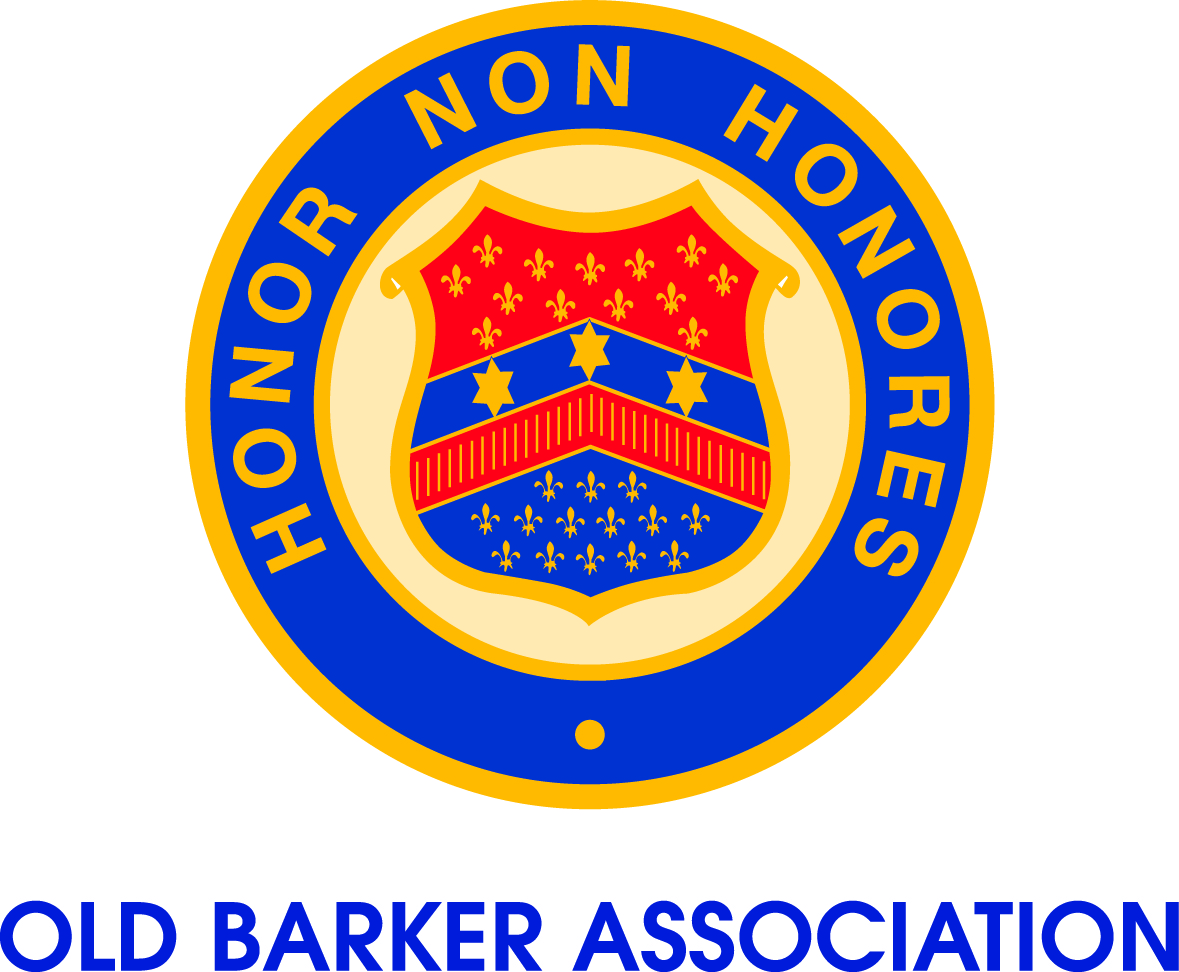
|
Know Your School - Barker students on the stage
Friday, 6 March 2015
|
|
As Barker celebrates its 125th anniversary this year, each week we will delve into the Archives to reveal something of the School’s history. This week we look at the history of Drama at Barker College. From Shakespeare to short skits, one act plays and farces, Barker students have long being involved in dramatic pursuits. Before the School had radio, television and computers, short theatrical productions provided entertainment and helped relieve the boredom of the boarding house. “Some of first dormitory have lately been stage-struck and are practising for leading parts in the next big theatrical production. Curiously enough, though their plays are comedies, as far as their spectators are concerned, they generally end in tragedy for themselves.” (The College Barker, 1914, p. 3). The arrival of Sammy Seaberg and Tom Lee to the staff of Barker College in the early 1920s provided the drive, enthusiasm and experience needed to establish a successful amateur dramatic society. In 1924, the Barker College Dramatic Society was established, their first production being two short comedies A Milliner’s Shop and April Fools. These early theatricals were often held in the School’s gymnasium. In 1931, the Dramatic Society performed the three-act farcical comedy Captain X. Performed at Killara Hall, The College Barker (1931, p. 181) reported that this production was the first to be staged in a public hall “and the fact that the company played to capacity houses at both performances justified the change.” Following on from this success, in 1932, the Society’s production of The Mummy and the Mumps was performed at both Beecroft School of Arts and Killara Hall. This resulted in both capacity houses and substantial profits. Until the School’s Assembly Hall was opened in 1938, the Society continued to perform at Killara Hall. The first production in the new hall was Ambrose Applejohn’s Adventure, directed by Mary Edgeworth, the School’s elocution teacher. Her attention to detail including the scenery, lighting and coaching of the players made the production a great success and set a high standard for future productions. Of course one of the unique features of theatricals at Barker in the early days was that all female roles were played by boys. In 1939, the Dramatic Society presented The Ghost Train and the players’ representations of the female roles were given high praise by the Editor of The College Barker (June 1939, p. 633): “Robb Fotheringham’s portrayal of the tough American gun-woman, Chicago Sal, had almost a professional touch… Hugh Weston (Miss Bourne) gave a realistic interpretation of a disagreeable and intoxicated spinster. John Gallasch, as Elsie, and Surrey Hibbard as Mrs Murdock were quite attractive girls.” Dramatics at Barker drastically improved in 1962 when, for the first time, Abbotsleigh girls were invited to take part in a Barker production and play the female roles. The arrival of Year 11 girls to Barker in 1975 meant that Barker students could again play the female roles. Neon Judas, performed in term one was not only the first theatrical entirely produced by students, but also the School’s first truly coeducational production. What began at Barker as an activity to entertain restless boarders on Saturday nights is now an HSC subject, with the Barker College Theatre Company producing up to four plays a year. No doubt, Barker students will continue to shine on the stage for years to come. Caption for the photograph: The Barker College Dramatic Society's production of Captain X at Killara Hall, 1931. |